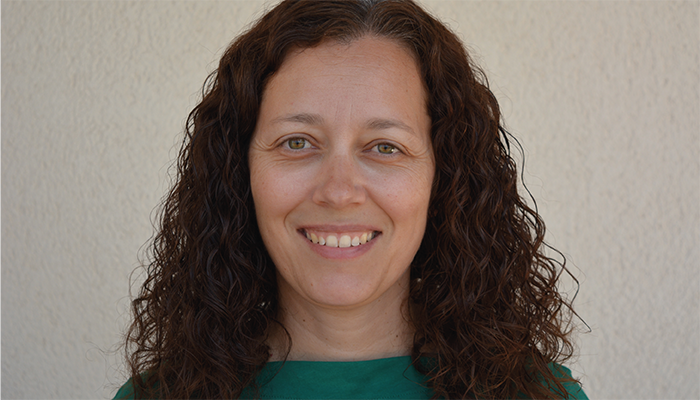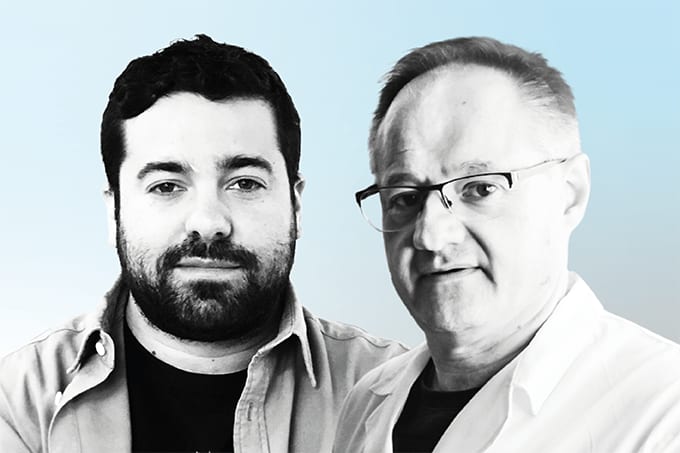Analytical scientists often say “the best sample preparation is the one that does not exist.” Indeed, the very first of the 12 principles of Green Analytical Chemistry claims that “Direct analytical techniques should be applied to avoid sample treatment” (1). However, for those of us who work in sample preparation know that this is a chimera. Developing faster, greener, easier-to-handle, more affordable methods, without compromising analytical parameters, is the main driving force in sample preparation today. But there are some recent trends in the field that lead me to believe that we may be straying from this path…

Credit: Supplied by Author
Taking a step back, the most important advances in sample preparation were made between the 1990s and 2000s, when classical extraction techniques such as liquid-liquid extraction (LLE) and solid-phase extraction (SPE) were miniaturized and different modalities were described, such as the well-known solid-phase microextraction (SPME) in its fiber version developed by Arthur and Pawliszyn (2), and the liquid-phase microextraction techniques (LPME) as single-drop microextraction (SDME) (3), hollow-fiber LPME (HF-LPME) (4), and dispersive liquid-liquid microextraction (DLLME) (5). Since then, the miniaturized techniques have undergone various minor modifications to improve their already outstanding advantages, such as the use of green solvents, magnetic sorbents, the development of portable devices, the use of ultrasound and vortex energy for dispersion, the reduction of waste, the increase of sample throughput, automation, and so on.
As mentioned above, one of the main focuses over the last twenty years has been to reduce the environmental impact of our methods by using green solvents, or at least less hazardous solvents than the traditional chlorinated organic solvents, as extractant phases in LPME techniques. In the early 2000s, ionic liquids (ILs) were introduced to analytical chemistry as extractant phases, mainly due to their "green" nature, but also because of other properties such as low vapor pressure, high thermal stability, high purity and powerful tailoring. Those firstly and widely used ILs were composed of imidazolium cations with fluorinated anions, as hexafluorophosphate, due to their viscosity, which is tailored according to the anion and the length of the alkyl chain, and their extraction capacity of organic and inorganic compounds. All those who have developed methods using LPME techniques with ILs as single drop, in hollow fiber or in dispersive mode, claimed that the methods were green. At the time, the use of ILs in analytical chemistry was a hot topic, and the number of scientific publications was growing rapidly. However, years later, when the first toxicity studies appeared, fluorinated anions showed high toxicity – the methods developed were not as green as they should have been, and low-toxicity IL options set the direction of research.
Today, something similar is happening with Deep Eutectic Solvents (DESs) (6) and their nature-origin versions (NADESs) (7). With regard to the latter, there is a misconception that if something comes from nature, it must be green, but hazardous compounds can also be found in nature (8). DESs and NADESs are a hot topic nowadays and publications are springing up like mushrooms, but the toxicity of these solvents is too often not considered. This may be a symptom of a wider problem within the scientific community, which incentivizes quantity rather than quality of scientific publications... In my view, it is time to stop, think, and go back to chemistry to explore our methodologies at a deeper level – provide genuinely valuable information that can change the course of current research (9). We may even find that many previous studies are invalid – which we ought to welcome!
Another important focus in recent years to reduce the environmental impact of the methods has been to diminish the size of microextraction techniques down to the nanoscale, reducing the amount of sorbents and solvents, and avoiding energy intensive equipment such as stirrers and centrifuges. However, we are still heavily dependent on liquid and gas chromatographs coupled to various detectors, mainly mass spectrometers, which are very energy, gas and solvent intensive. We should therefore put more effort into reducing the environmental impact of these analytical detection systems by making them greener or, where possible, replacing them with others (i.e., smartphones, electroanalytical sensors, etc.).
In conclusion, as a proud member of the sample preparation research community, I believe that we need to look deeper, with the eyes of a chemist, while also taking a broader view of the entire analytical process. We need to think more fundamentally about how we can use more environmentally-friendly detection systems when developing faster, greener, easier-to-use, more sensitive, and more economical analytical methods. This should be our driving force.
Acknowledgements
The author is grateful to the Ministry of Science and Innovation of Spain (PID2021-126155OB-I00) and the Regional Government of Valencia (Spain) (CIPROM/2021/062) for the financial support. The author extends her appreciation to the Spanish Ministry of Science and Innovation for granting the Spanish Network of Excellence in Sample Preparation (RED2022-134079-T). This article is prepared in the framework of the Sample Preparation Study Group and Network, supported by the Division of Analytical Chemistry of the European Chemical Society (DAC-EuChemS).
References
- A. Galuszka, Z. Migaszewski, and J. Namieśnik, Trends Anal. Chem., 50 (2013) 78-84. DOI: 10.1016/j.trac.2013.04.010.
- C.L. Arthur, J. Pawliszyn, Anal. Chem., 62 (1990) 2145-2148. DOI: 10.1021/ac00218a019.
- H. Liu, P.K. Dasgupta, Anal. Chem., 68 (1996) 1817-1821. DOI: 10.1021/ac960145h.
- S. Pedersen-Bjergaard, K.E. Rasmussen, Anal. Chem., 71 (1999) 2650-2656. DOI: 10.1021/ac990055n.
- M. Rezaee et. al., J. Chromatogr. A, 1116 (1-2) (2006) 1-9. DOI: 10.1016/j.chroma.2006.03.007.
- A.P. Abbott et al., Chem. Commun., 1 (2003), 70-71. DOI: 10.1039/B210714G.
- Y. H. Choi et al., Plant Physiol., 156(4) (2011) 1701-5. DOI: 10.1104/pp.111.178426.
- J. Grau et al., “J. Sep. Sci., 45 (2022) 210-222. DOI: 10.1002/jssc.202100609.
- S.J. Abellán-Martín et al., Chem. Phys. Chem., e202400458 (2024). DOI: doi.org/10.1002/cphc.202400458.




